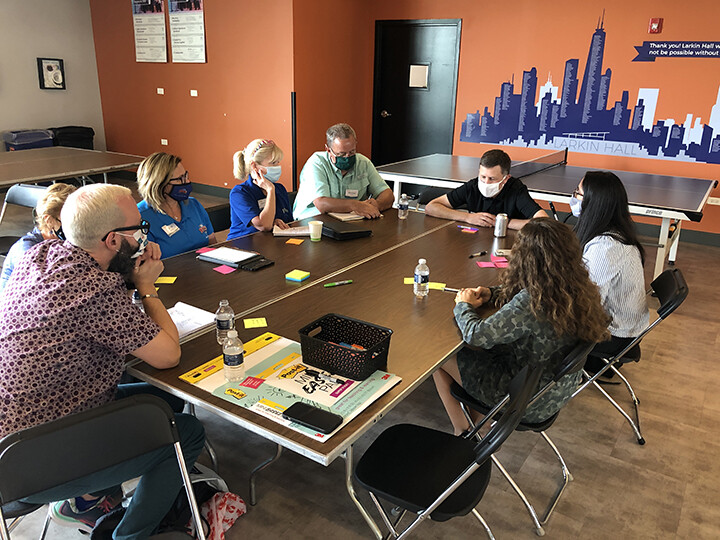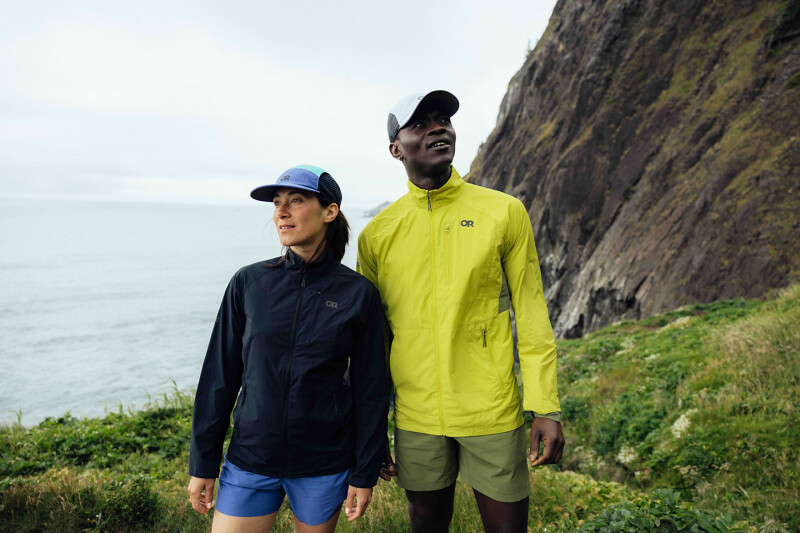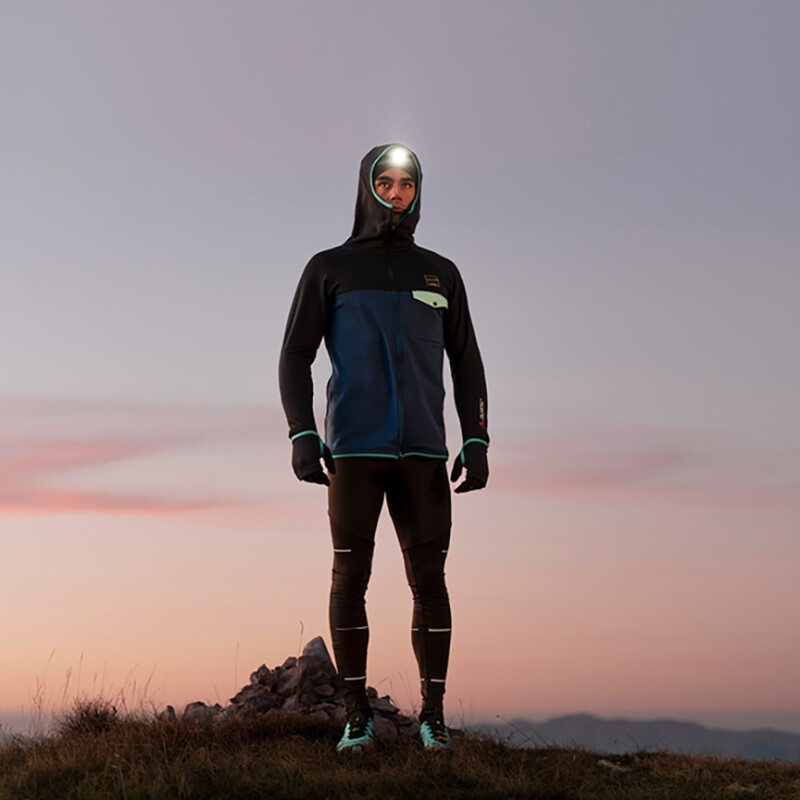It has been quite a year-and-a-half for the race business and getting back to where it was pre-COVID is going to take a look of strategic thinking and partnerships among all involved parties. But they appear up to the challenge.
With an eye on focusing on the challenges and opportunities in the race business, in early August a collection of endurance industry thought-leaders gathered for the Race Management Program Summit (RMP) in Chicago, IL. RMP has been developed and hosted by one of the world’s leading production companies, Chicago Event Management (CEM), and was created for industry leaders to share their expertise and best practices among the most prominent races. BibRave was invited by CEM to lead the closing workshops that leveraged the industry’s leading minds in developing actionable plans for the short, medium, and long term.
With a constantly changing landscape since the summit was last held over two years ago, this “meeting of the minds” analyzed the industry’s return to racing in 2021 and beyond.
A Focus on Solutions
RMP took a focused approach with curated speakers, topics and working sessions that revolved around diversity, equity and inclusion (DEI), as well as the operational and experiential shift in endurance events during and after the pandemic.
The two topics benefited from a recurring overlap in the planning and execution as highlighted by Patti Flynn (Equality Institute), Courtney Phillips (GumboFit) and Alberto Guzman (Dare2Tri) during the summit’s opening session, which offered deep insights from each speaker’s endurance-related DEI experiences.
Phillips passionately addressed the importance of supporting local communities in their entirety. Indeed, she went so far as to equate such community support with attracting non-local runners in terms of prioritization, setting the inclusive tone for the afternoon sessions.
Guzman enlightened attendees through his experiences as a legally blind athlete and the stifling experiences that result from event producers not seeking more information or working with the community for solutions.
The speakers made a strong case that endurance events have a tremendous opportunity to return to racing with an inclusive outlook and revised strategy, and BibRave used that premise to set the groundwork for the summit’s afternoon workshops.
Workshops Focus on Return to Racing
Summit attendees were broken up into BibRave-led DEI or Return to Racing workshops to discuss, develop and take back functional plans for their organizations. Sessions were structured to ensure ideas were crowdsourced, analyzed, and further reviewed for actionable implementation.
Return to Racing Workshop
The Scenario: This session was anchored by a simple but nebulous concept — the future. Given the woes and limitations stemming from COVID-19, endurance events and events-at-large have had to mitigate risks and adapt operations. With that came a shift in expectations and mindset from participants.
Seemingly automated solutions like indoor expos, start line corrals and post-race parties have to be reconsidered not only due to health and safety aspects, but also to account for improved (and expected) participant experiences.
The Process: The groups began with overarching analysis of cornerstone aspects of their events and provided potential logistical and physical adjustments. After three rounds of brainstorming, analyzing and addressing pain points for implementation, the summit participants homed in on one aspect: community.
The Outcome: Coming full circle to the first session and Phillips’ insights regarding connecting with local communities before focusing externally, the final brainstorming round generated an actionable plan for events —a plan to bring community members into the events with a key message that the event occurring in their cities is just as much theirs as it is the organization's that produces it.
Organizations of all size can achieve this in the short, medium, and long term by:
- Developing a directory of local run crews, teams and training groups.
- Meeting them where they are through a formal and trackable accountability program for the organization. This can be something as simple as having a staff member at each run once a month, to creating internal organization run clubs that “tour” the community clubs, teams and training programs on a recurring basis.
- Giving and creating opportunities for the organization to contribute to the run crews, teams and training programs and for those very programs to take part in the organization’s race through volunteer programs and preferred registration priorities.
The DEI Challenge
The Scenario: This session challenged participants to consider how the endurance industry operates through the lens of DEI and how the industry could and should develop standards of inclusivity. An overwhelming sentiment about DEI was its daunting and overwhelming nature and how race organizations can know where and how to start.
The Process: The groups collaborated on DEI ideas through a “Jobs-Pains-Gains” value proposition framework. Each group created “gain creators” or “pain relievers” through an operational, workforce and marketing lens. From there, the groups ranked these opportunities on a priority matrix from low-lift to high-lift and low-impact to high-impact.
The Outcome: The result of this DEI think tank provided participants with an actionable checklist that could be implemented immediately or that could set-up long-term DEI integration. In addition, the groups recognized that their role as industry experts in race event management does not mean an expertise in DEI. Therefore, attendees were advised not to take on that burden alone and to educate oneself and others using outside resources.
Notable action items included:
- Low-Lift/High-Impact: Define what DEI means to your race and organization and what changes would have an impact. Next, audit and assess your mission statement (if one exists, and if not, to create one), provide staff and volunteer education and ensure technology touchpoints are accessible for disabled users.
- High-Lift/High-Impact: Diversify leadership or ensure outside perspective with DEI council or consultant, assess and/or overhaul hiring process, establish community relationships with different social identity groups, incorporate age group and overall awards for non-binary athletes, assess cost barriers for low socioeconomic participants and create programs to provide pathway to participation.
- Low Lift/Low Impact: Create a DEI action plan (what to tackle immediately, in one month, in three months, in one year, long-term), assess and diversify on-course, post-race entertainment, assess swag options and how are they presented, make DEI a priority for onboarding key staff and volunteers, assess marketing materials for key phrase breakdown and imagery.
RMP and BibRave leveraged endurance industry thought-leaders to think critically about the future — both how it operates and how that comes to life for all runners. All participants could then take these conversations, action plans, and resources back to their respective organizations to impact meaningful change.






